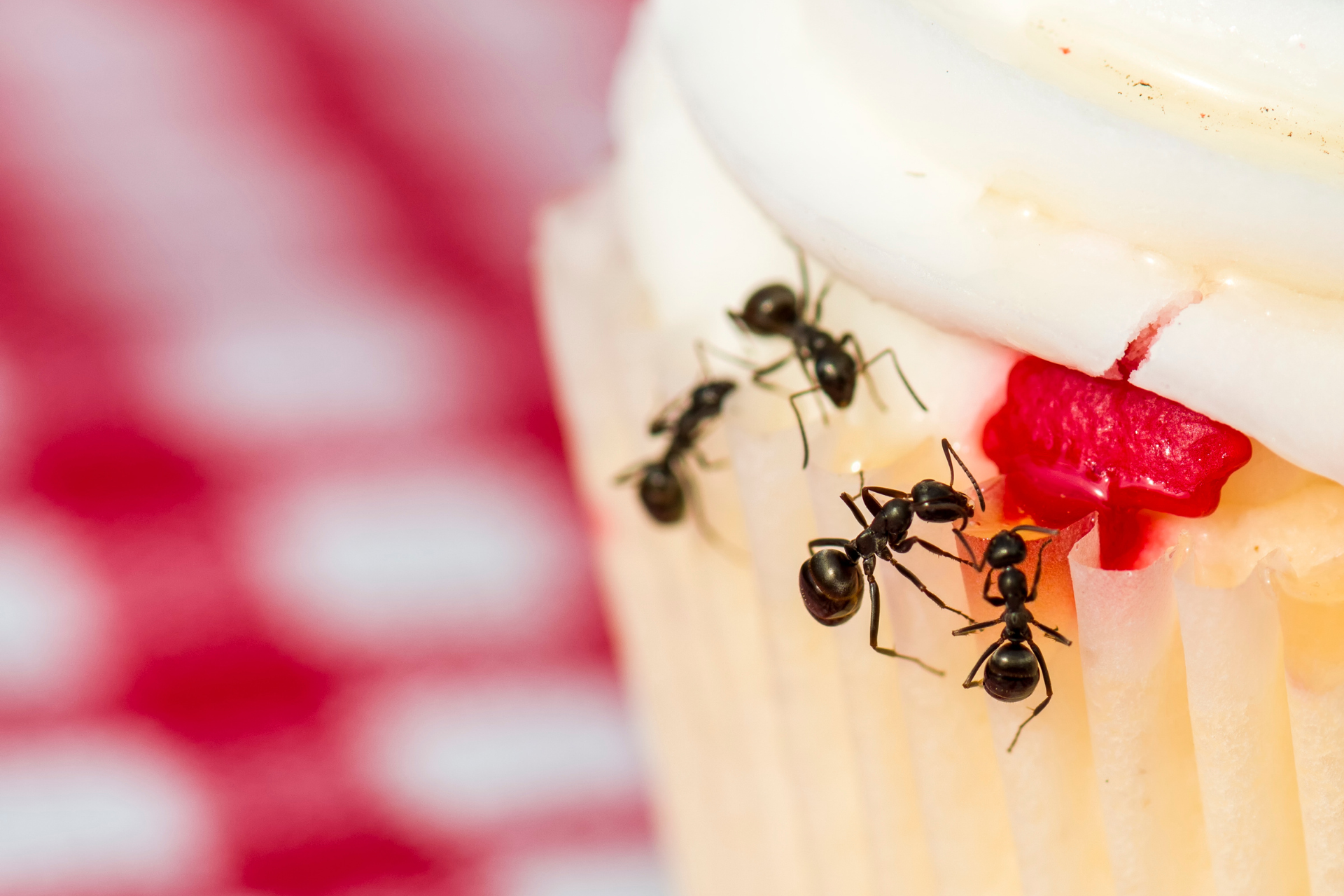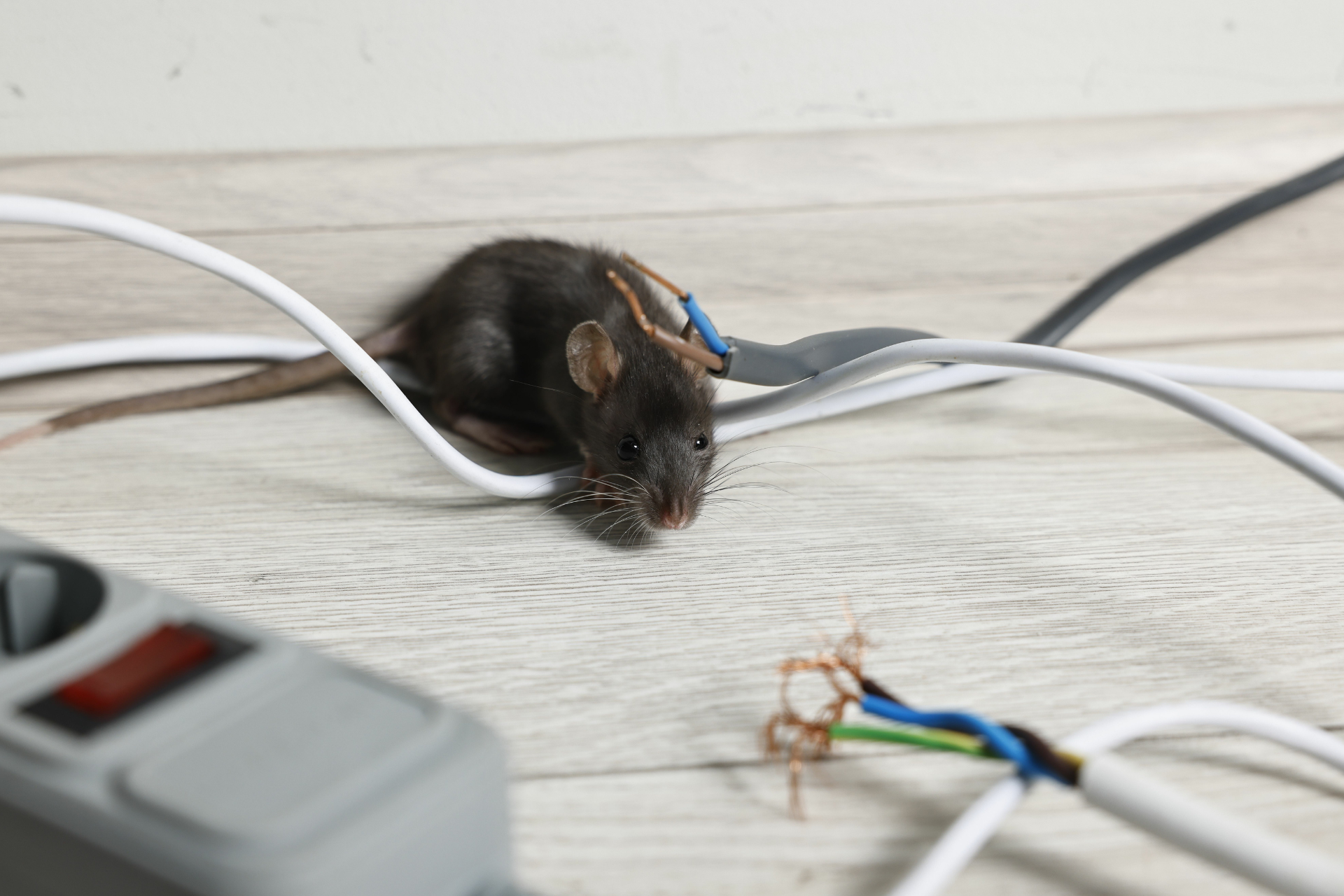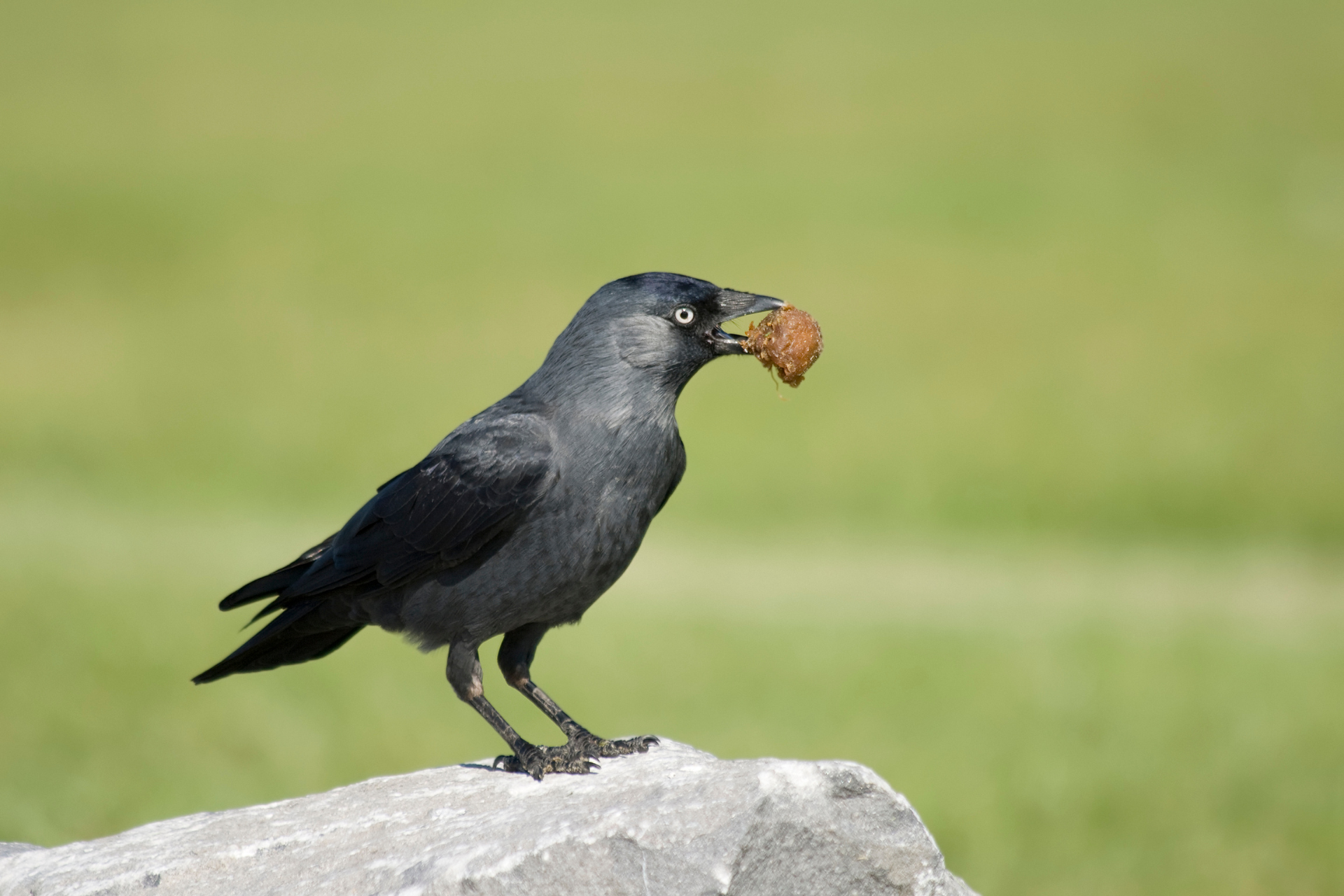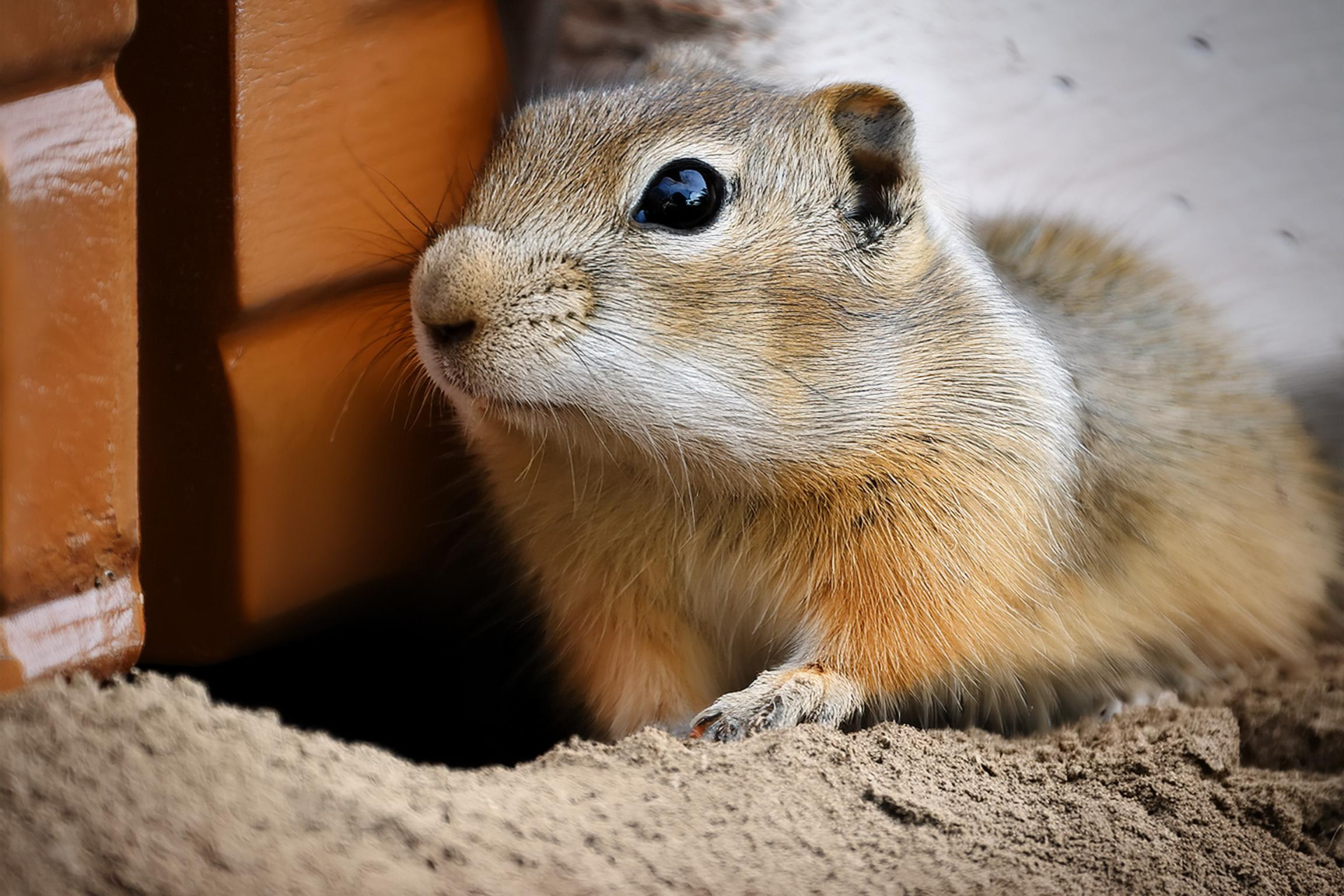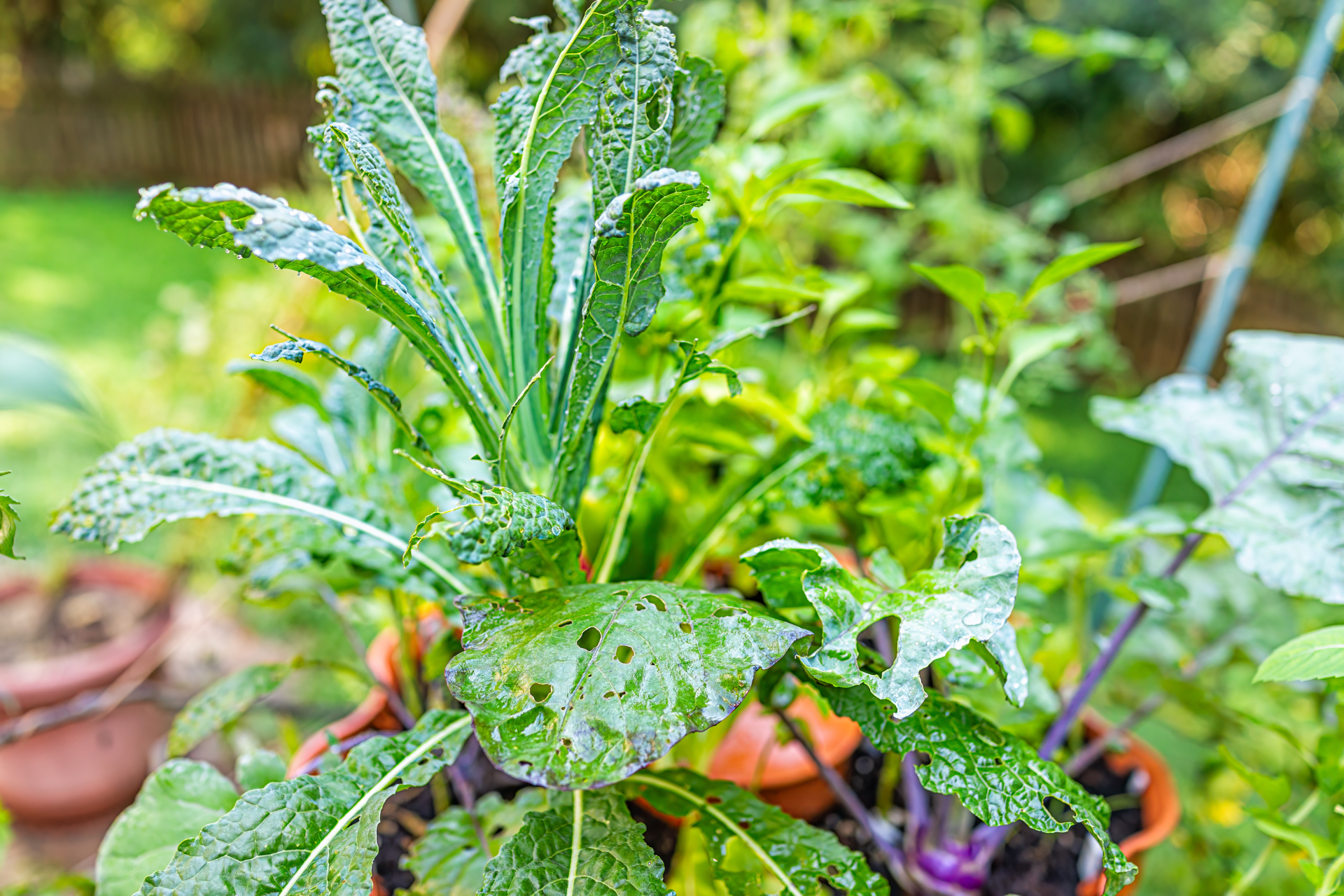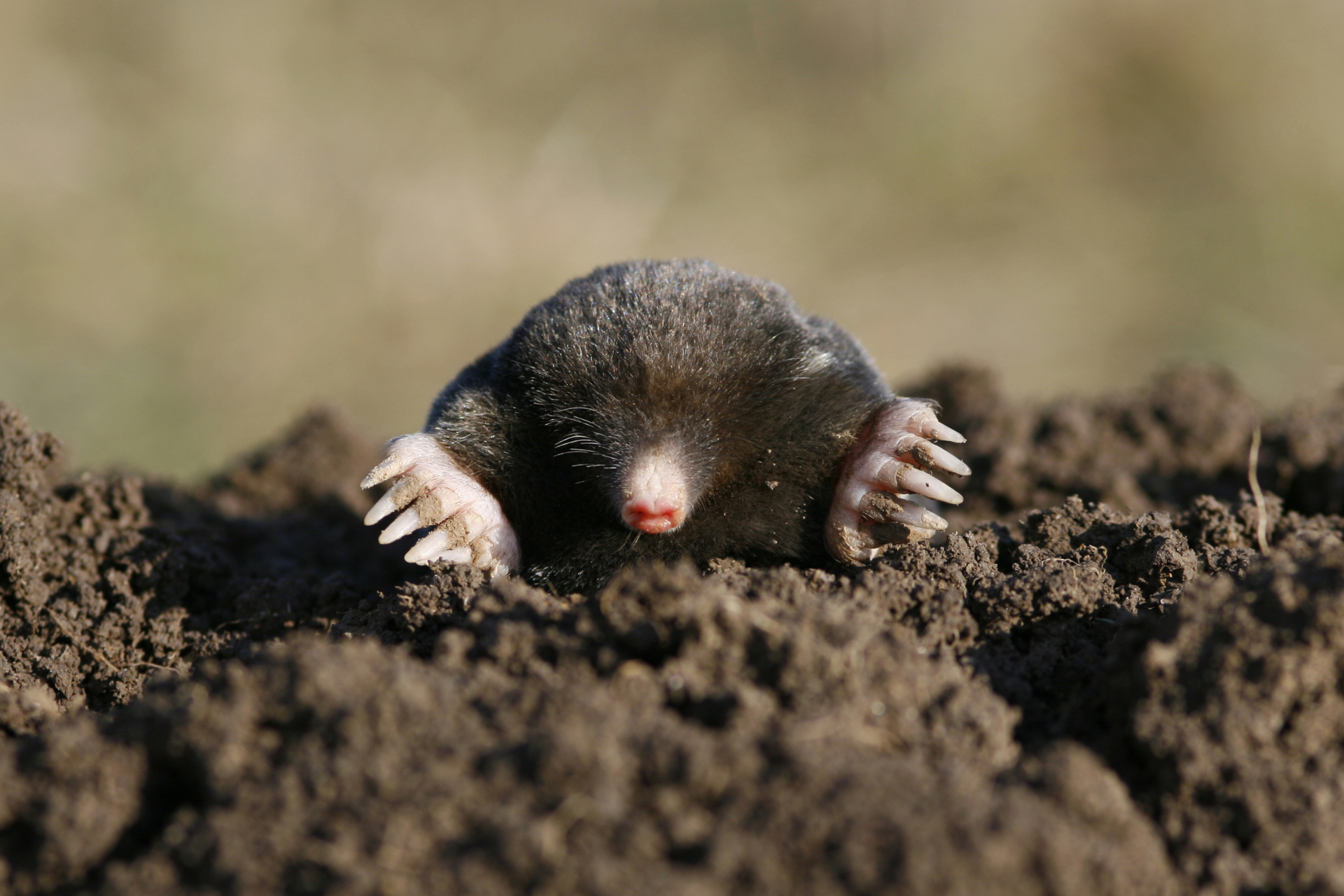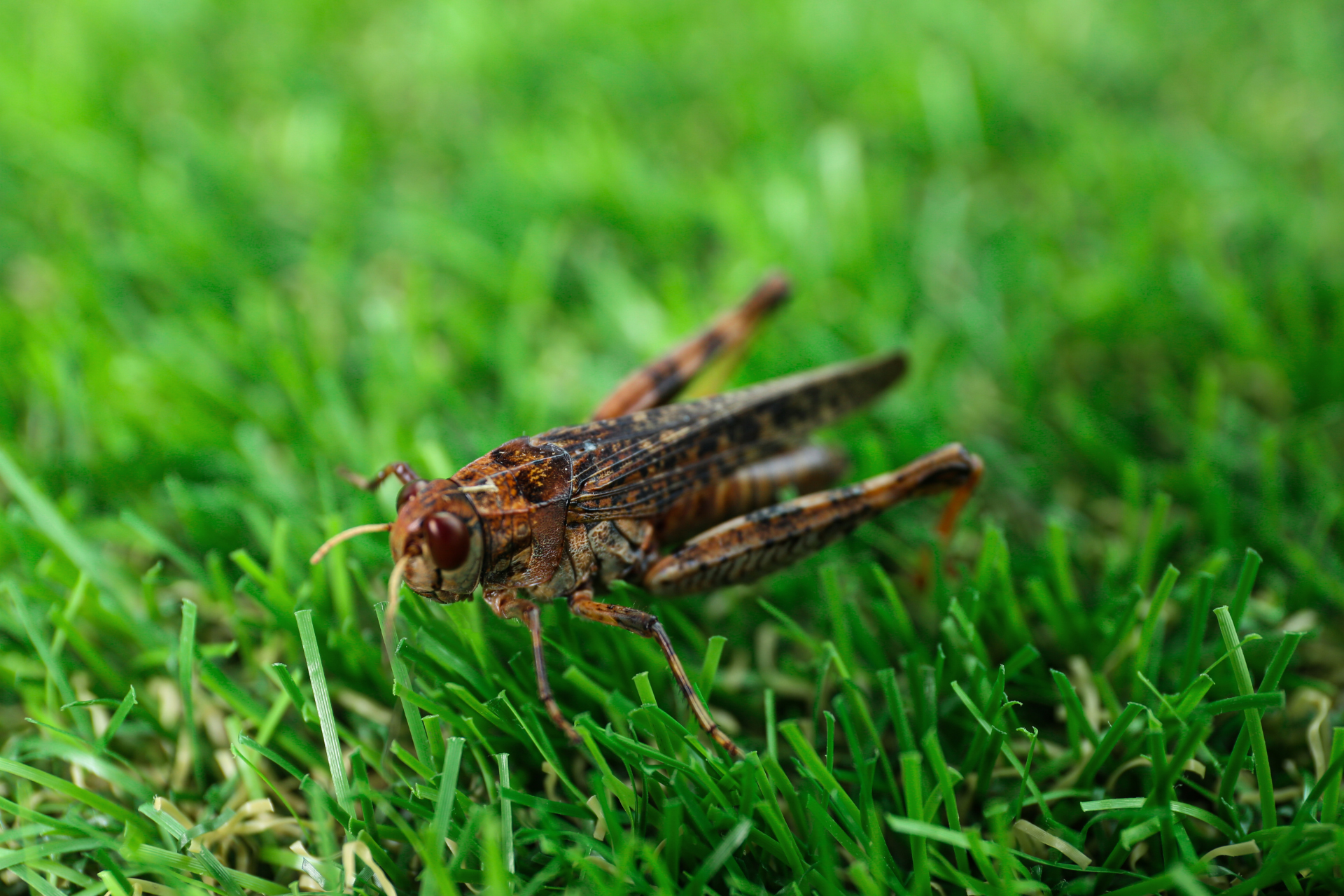How To Tell If Gophers Are Wreaking Havoc On Your Lawn
Gophers are small, burrowing rodents that can wreak havoc on yards, gardens, and landscaping. Though their activities often go unnoticed at first, the signs of their presence become unmistakable as the damage accumulates. Understanding how to identify activity in your yard is critical to addressing infestations early and protecting your property from further harm. At 101 Gopher and Pest Control, we’ve seen firsthand the challenges homeowners face when critters take over, and we’re here to share valuable insights to help you recognize and manage these pesky invaders.
Recognizing The Signature Mounds
One of the clearest signs of activity is the presence of mounds scattered across your yard. Unlike mole mounds, which are often circular and volcano-shaped, these animals create mounds that are fan-shaped or crescent-shaped, with a plug of dirt visible on one side. These mounds are created as gophers dig their extensive underground tunnel systems, pushing the excavated soil to the surface.
Their mounds are often concentrated in areas with rich soil, such as gardens, flower beds, or well-watered lawns. Each mound serves as an entry or exit point for these creatures’ subterranean network, which can span hundreds of feet. The appearance of multiple mounds in a single area is a strong indicator that a gopher has moved in, as these rodents are solitary creatures that aggressively defend their territory.
The presence of mounds not only signals these critters’ presence but also poses risks to your landscaping. These soil piles can smother grass and plants, disrupt irrigation systems, and create uneven ground that’s hazardous to walk on.
Hidden Tunnels Beneath The Surface
While the mounds are easy to spot, their tunnels are hidden just below the surface, making them a more subtle sign of infestation. These tunnels serve as passageways for gophers to move between feeding areas and their burrows, and their construction causes significant disruption to the soil.
As gophers tunnel, they loosen the ground, which can cause the surface above to sink or collapse. This is particularly concerning for areas with heavy foot traffic, such as walkways or playgrounds, where weakened ground can lead to accidents. In gardens and flower beds, the disturbed soil can undermine root systems, leaving plants vulnerable to stress and death.
Homeowners may notice soft or spongy areas in their yard, especially near mounds, as a result of tunnels. In some cases, exposed roots or plants that appear to have been partially pulled underground are also clues that gophers are at work.
Plant Damage: Gophers’ Calling Card
Gophers are herbivores with a voracious appetite for roots, bulbs, and other plant materials. Their feeding habits make them particularly destructive to gardens, flower beds, and even trees. One of the most telltale signs of gopher activity is the sudden wilting or death of healthy plants, as the roots have been chewed through or pulled underground.
These critters have sharp incisors and strong claws, allowing them to sever roots and drag vegetation into their tunnels for consumption or storage. They are especially drawn to nutrient-rich plants such as vegetables, ornamental flowers, and fruit trees. Homeowners may find plants tilted at odd angles, missing entirely, or exhibiting signs of root damage when pulled from the soil.
In addition to damaging plants directly, gophers also impact the ecosystem of your yard. By disrupting root systems and soil stability, they can increase erosion and reduce the overall health of your landscape.
Behavior And Activity Patterns
Understanding their behavior can provide valuable clues to confirm their presence. Gophers are most active during the day, particularly in the early morning and late afternoon. Unlike some other burrowing animals, gophers remain underground most of the time, relying on their tunnels for shelter and feeding.
During their digging activities, gophers use their powerful forelimbs and long teeth to create extensive networks of tunnels and burrows. These networks serve multiple purposes, including food storage, nesting, and escape routes from predators. A single gopher can excavate an astonishing amount of soil in a short period, which explains the rapid appearance of mounds in an infested yard.
Homeowners may also notice gnaw marks on irrigation lines, hoses, or even utility cables, as they often chew through these materials while expanding their tunnels. These activities can lead to costly repairs and disruptions to essential systems.
Confirming Their Presence
If you suspect activity but aren’t entirely certain, there are several ways to confirm their presence. Observing fresh mounds is a strong indicator, especially if new soil piles appear over consecutive days. The size, shape, and location of the mounds can help distinguish their activity from other burrowing animals like moles or voles.
Another method is to carefully probe the soil near suspected mounds with a stick or rod. This can help locate the tunnel entrances and give you a clearer idea of the extent of the infestation. You may also observe plant damage consistent with their feeding, such as missing bulbs or roots.
For homeowners unsure about identifying pest activity, professional inspection is a reliable option. Experienced pest control specialists, like those at 101 Gopher and Pest Control, have the tools and expertise to assess the situation accurately and recommend effective removal strategies.
Gophers may be small, but the damage they cause can have a big impact on your yard, garden, and peace of mind. Recognizing the signs of their activity early is crucial to preventing long-term damage and protecting your property’s health and appearance.
At 101 Gopher and Pest Control, we specialize in identifying and removing infestations with precision and care. Our team uses proven methods to eliminate pests while minimizing disruption to your landscape. Don’t let invading wildlife take over your yard—contact us today to schedule an inspection and take the first step toward a pest-free property. Together, we’ll safeguard your outdoor spaces and restore your yard’s natural beauty.

